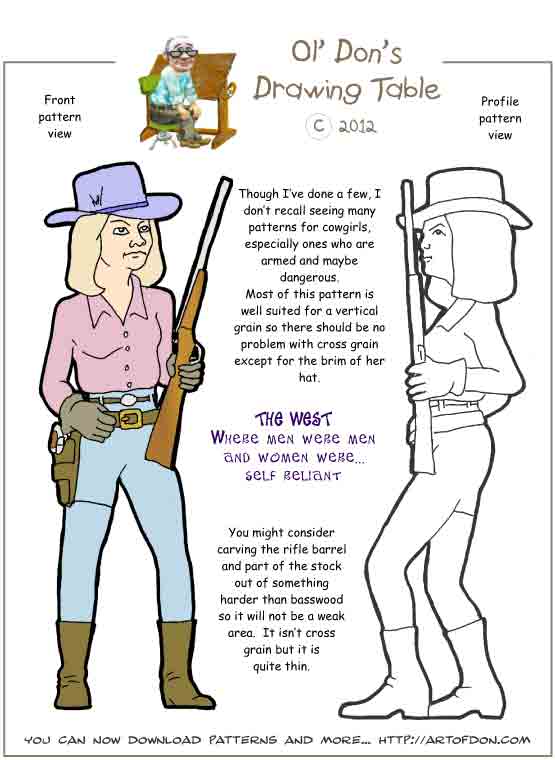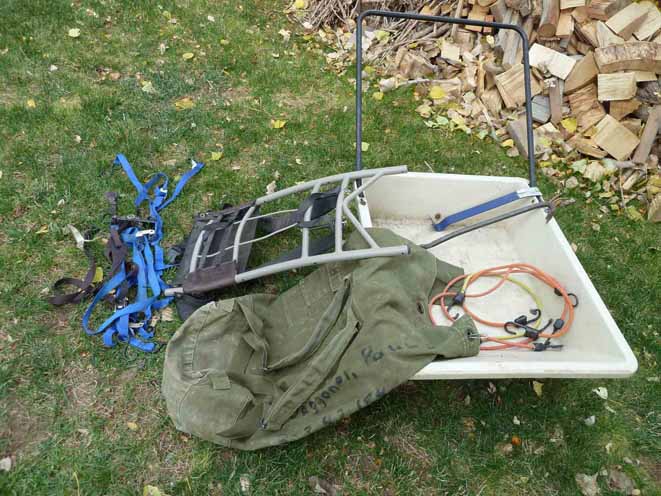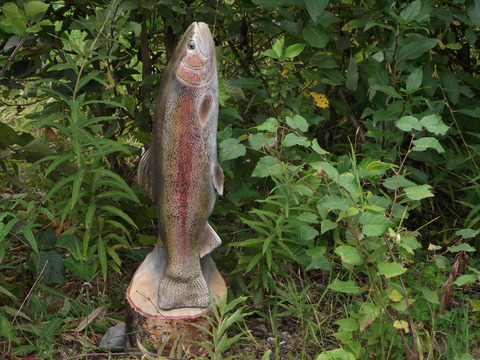Welcome to Issue 5 of Year 16 of Woodcarver Online Magazine.
Our Front Page photo this issue is:
Lynn Doughty’s
Artistry in Wood 2011 Winner for
Best of Category M — Caricatures
Rise & Shine II
Photo: Marc Featherly
Hello carving friends -
This issue of WOM includes a report and photo gallery of the winners at Artistry in Wood 2011. AIW ’12 is only a few short weeks away, and if you have never attended it is well worth the drive.
If you are a Facebook member, take time to visit the Carvers’ Companion/Woodcarver List Facebook group. This provides a place on FB for carvers to post carving photos and to chat about carving; it also serves as a companion to the Woodcarver Listserv. Come on by for a visit! Click HERE or on Facebook search for “Woodcarver List”
In this issue:
Report and Photos Gallery — Artistry in Wood 2011
Call for Santa and seasonal carving photos
Part 3 of Finding and Collecting Cottonwood Bark by Alex Bisso
One Tree Project by Dan Blair
It’s going to be one of those days by “Ol’ Don” Biurgdorf
Bonus pattern — The West by “Ol’ Don” Biurgdorf
Pete LeClair’s Jarrel
Call For Front Page Carving Photos We’re always looking for great photos of great carvings for the front page of WOM. If you’d like your photo to be considered, send it on in. Please include the back story, material and finish info, size, etc. Send to womeditor AT comcast.net
Articles and suggestions for articles are always welcome. Feel free to send suggestions and request. For information on submitting articles for publication, click HERE.
















Recent Comments